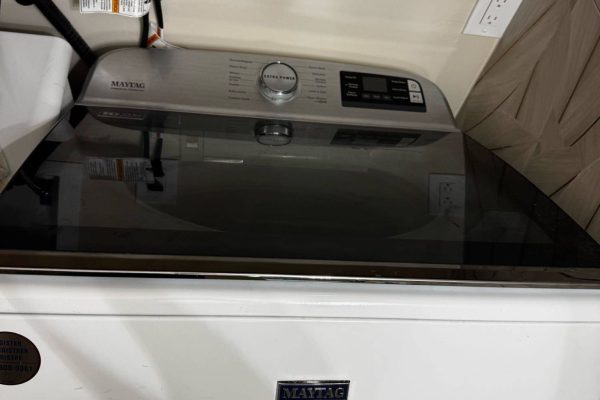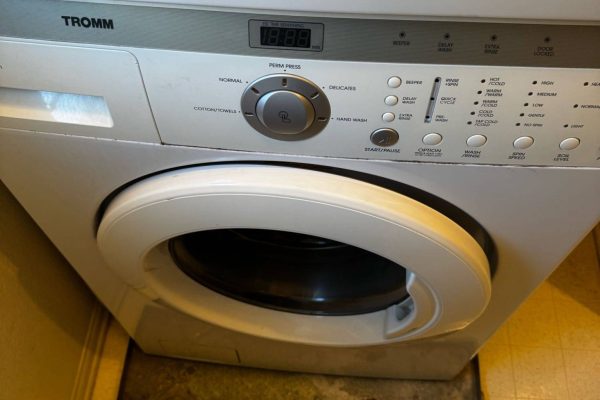To ensure the proper operation of the refrigerator compressor, the appliance has a start-up relay. The part is not large, but it plays an important role in the working circuit of the refrigerator. Read below to learn about the types of relays, problems in their operation, how to repair or replace the relay, and how to check its performance.
Types of relays
The refrigerator start-up relay is an electrical switch designed to control the switching on and off of the refrigerator compressor. The reason is that the compressor is designed to operate intermittently, which allows you to maintain the required temperature in the refrigerator compartment. Without a starting relay, the refrigerator compressor will not start.
Refrigerator starting relays are divided into the following types:
– Posistor relay, also often called a “pill”
– Induction relay
– Thermal relay
How to check the functioning of the refrigerator relay
It is easy to check the relay for a malfunction. You should carefully monitor the operation of the refrigerator. If the appliance starts to warm up and its operation is accompanied by strange sounds, namely, clicks during operation, the first reason is a malfunction of the start-up relay. But, do not rush to buy a new relay, run a few tests to make sure that it is the refrigerator starter relay that needs to be replaced.
To check the refrigerator relay, you need to:
– Disconnect the refrigerator from the power supply.
– Disconnect the contacts of the refrigerator relay. Use pliers to do this.
– Check the relay for damage and corrosion.
– Determine what type of relay is in your refrigerator model.
– Check the relay with a multimeter.
Checking the starting relay with a multimeter
To choose the right sequence and method of testing, you should understand how the relay works in the refrigerator. But, regardless of what type of part is being tested, the main rule is the safety measures that should be followed, and the first and most important is to de-energize the household appliance. Next, disconnect all external circuits. Alternatively, you can remove the thermistor from the spring contacts. Now measure the resistance of the posistor. Normally, it should be 10-20 ohms, and keep in mind that this resistance value will be at a temperature not lower than room temperature. When heating occurs, this value increases dramatically.
If an induction relay is being tested, the resistance on the solenoid winding is measured, and this value is normally several ohms.
Sometimes, if a multimeter test and a thorough external inspection do not reveal any problems in the starter, it is worth checking the resistance between the starting and operating windings. And it is important to check the thermal protection in the starter module, it should be in the closed position. You can check this using the same multimeter.
How to understand that the refrigerator relay is broken
Users are often interested in the question: “Is it possible to understand without the help of a specialist that the relay in the refrigerator is broken?”. The answer is really simple, if you know a little bit about technology and monitor its operation, then it will not be difficult to understand the problems that have arisen.
In normal operation, the refrigerator should work without any extraneous noise, rattling, or knocking. However, it should be understood that complete silence is not typical during normal operation of the refrigerator, because the compressor periodically turns on and off to maintain the desired temperature in the refrigerator compartment.
If you hear noise, scraping, or rattling, or the compressor does not start at all during operation, you should understand that there are most likely problems with the refrigerator compressor relay. The relay may also be overheating if the fans are running, but the compressor does not start.
You can diagnose the malfunction at home if you are confident in your abilities and knowledge, but if you have no idea how the refrigerator works and is arranged, it is better not to take risks, call a specialist, or take the refrigerator to a service center.
How to repair the refrigerator relay
The relay in your refrigerator is a safety part, and this part is used in the compressor circuit of the refrigerator. The motor winding is powered by an overload protection device, and the relay is used in this circuit only to start the refrigerator motor.
How to repair the refrigerator relay in case of failure, and what will be required if you need to replace the refrigerator starting relay?
First of all, please note that repairing or replacing a refrigerator relay is not a completely safe procedure. Without the necessary knowledge and skills, you can injure yourself or cause damage to the refrigerator, and then you will have to buy a new one. For your own safety, it is important to use special protective equipment and tools for repairs, as well as to follow all necessary safety rules and instructions.
To repair or completely replace the refrigerator’s start-up relay, you will need the following tools
– pliers
– screwdriver
– a wrench.
Before any repair or diagnostics, the first rule is to turn off the power to the appliance. Next, move the refrigerator so that it is comfortable to work with it, unscrew the fasteners, and remove the back cover. Lift the clamps with a screwdriver and remove the relay. Before removing the relay, disconnect all wires and disconnect the capacitor. Next, install the new relay in the same way as before: insert the relay with the capacitor into the compressor terminals, connect the wires, fix the relay on the compressor with the clamp, turn on the refrigerator, and replace it in its original place.
We have appliance repair experts available today! Call a professional Poway Appliance Service Center technician by phone or book your service.
Our service center is open 24/7, so you can easily schedule a convenient repair time. The specialist will arrive at the agreed time, carry out a diagnosis, and, if necessary, offer repairs. If you are willing, your appliance will be repaired directly on-site within 1-2 hours. We provide top-notch service at an affordable price!
Contact us


